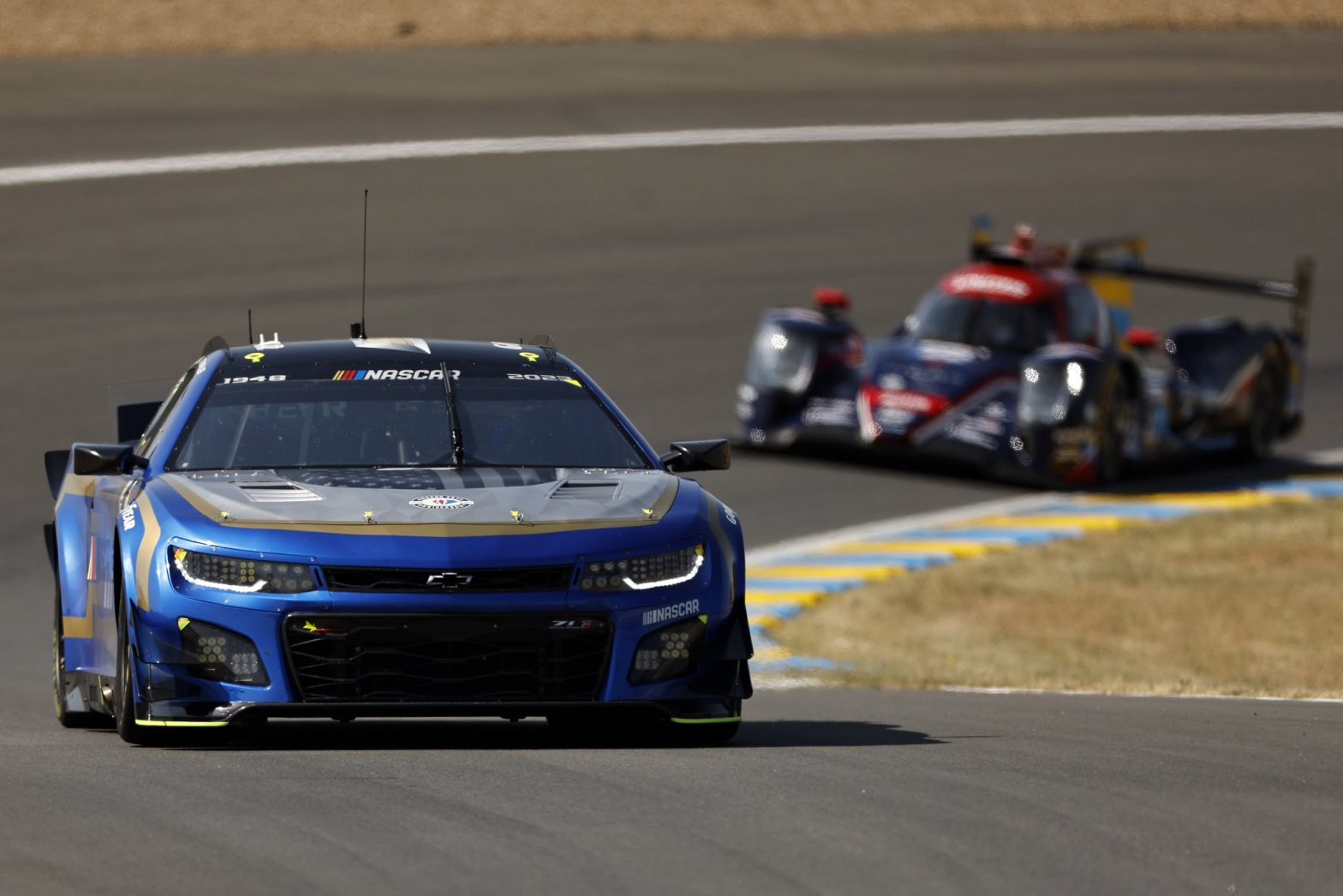The 24 Hours of Le Mans is the ultimate goal for every professional race car driver. Its origins and historic significance have made it a legendary event, attracting top-notch racers and fans from around the globe. This French race is not just about speed; it tests the limits of endurance and showcases cutting-edge technology.
Origins of the 24 Hours of Le Mans
The 24 Hours of Le Mans, the ultimate goal for professional race car drivers, has a rich history and origins rooted in the pursuit of automotive innovation and endurance. The race was initiated by the Automobile Club de l’Ouest in 1923, with the objective of promoting advancements in automotive technology.
It took place in Le Mans, France, on a track near the city. The competition aimed to push the boundaries of speed, endurance, and technological capabilities in the realm of racing. Throughout its history, the 24 Hours of Le Mans has served as a platform for groundbreaking developments in the automotive industry.
Also Read: Who is Eugene V Debs, last person to run for President from prison
From the introduction of radial tires to the evolution of hybrid engines, the race has witnessed significant technological progress over the years. The Automobile Club de l’Ouest has continued to embrace innovation, with initiatives like Mission H24, setting the ambitious goal of having a hydrogen-powered vehicle compete in the race by 2024.
History of the Legendary Race
The 24 Hours of Le Mans has a storied past, punctuated by triumphs, tragedies, and track modifications that have shaped its legacy. The race faced a halt during World War II from 1940 to 1948 to allow for post-war reconstruction in France. However, it made a triumphant return in 1949 with several additions to accommodate the growing audience, including pit lanes and refreshment stalls.
One of the darkest moments in the race’s history occurred in 1955 when a catastrophic accident, known as the “Le Mans Disaster,” claimed the lives of 84 spectators and caused numerous injuries. This tragedy prompted the implementation of new safety measures, such as the installation of barricades, to ensure the well-being of participants and spectators.
Over the years, the track layout of the 24 Hours of Le Mans has undergone significant changes to enhance the challenge for drivers and increase the spectacle for fans. Notably, sprint starts, where drivers would physically sprint to their cars, were replaced due to safety concerns. The track has been continuously modified, particularly towards the conclusion of the course, to test the skills and capabilities of professional drivers.
Also Read: Who was Malcolm Livingstone, pallbearer for Princess Diana dies homeless in Norfolk
The race holds a special place in motorsport history, being part of the unofficial Triple Crown of Motorsport alongside the Indianapolis 500 and the Monaco Grand Prix. It has witnessed legendary drivers like Graham Hill, Fernando Alonso, and A.J. Foyt competing and achieving victory. However, it is Tom Kristensen of Denmark who stands as the most successful driver in Le Mans history, with an astonishing nine wins and several podium finishes.
The 24 Hours of Le Mans remains an iconic event that captivates motorsport enthusiasts worldwide, combining high-speed racing, endurance, technological advancements, and a rich history.







